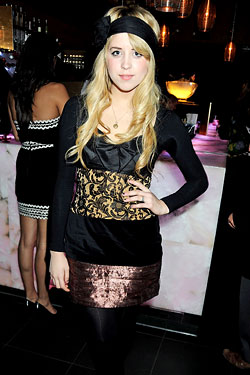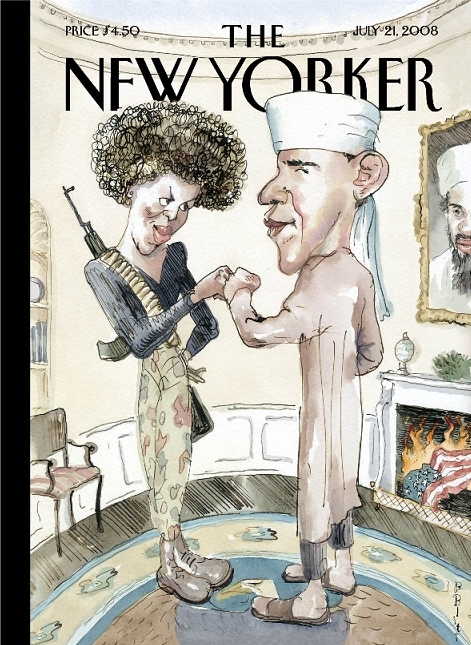
Walking past any newsstand you cannot help but stare at the tabloid headlines that scream out to you saying, “Angelina is pregnant” and “Speidi is married”. Magazine tabloids have become our past time and leisurely read.
InTouch and Life & Style are one of many magazines that make their money on the lives of celebrities. They tell us weekly about what is happening in their lives and what moves they are going to make next.
So why do we the readers and consumers indulge in such “trashy” read? These magazines give us insight to what we might want our lives to be or not to be. For example, we all want a fairy tale ending just like “Bradjolina” and have kids and travel the world. Or on the other hand we all do not want to be known as that person who always goes to rehab, such as LindsayLohan.
Tabloids make bank on timely news and getting the scoop before anybody. One of the most expensive and most sought out tabloid expose is the new celebrity baby. We want to know what Christina Aguillera’s baby looks like, and what designer duds baby Suri is wearing. So you ask, how expensive are these photo-ops? Brad and Angelina received $11 and $15 million for the first photos of their twins, Knox and Vivienne, stated in www.forbes.com by Lacey Rose. Those photos were said to be the most expensive according to Forbes. The most shocking thing, I think, is not that Brad and Angie were paid millions of dollars for these photos, but we paid $2 to $3 out of our pockets and spend 10 to 15 minute of our lives reading such nonsense every week.
These types of magazines not only give us the low down on celebrity mishaps, but they also give us the “how to” live like a celebrity and “how to” look like a celebrity. They give us the readers images of what the latest trends the celebrities are wearing. They also inform us if two celebrities are wearing the same thing, which one wore it best. In these magazines we are also able to see how much celebrities spend on houses, clothes and leisure. We can also see how we can too, purchases swanky homes, and chic looking clothes for less.
These magazines feed our brains into wanting to be just like these celebrities we see on television. Their target audience is predominantly women of the age 30, according to Intouch and Life & Style’s media kit online. For both of those magazine’s they serve from 4 to 7 million readers.
We are sucked into wanting to know what is happening in these celebrities lives and these magazines feed our need to know.






















